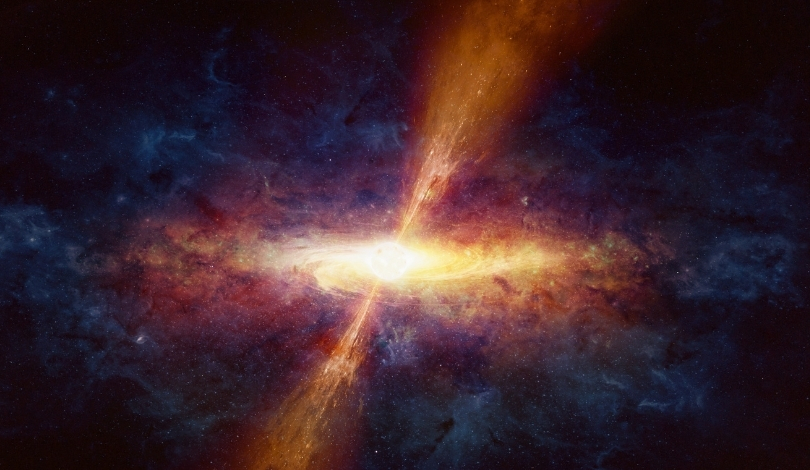The legacy of NASA’s Kepler mission continues to yield significant astronomical discoveries years after its primary mission ended. By meticulously analyzing previously overlooked data, scientists have identified seven additional exoplanet candidates, highlighting the enduring value of extensive space telescope datasets. These findings underscore the potential for future breakthroughs as technology and analytical methods advance, opening new avenues for exploring distant worlds.
Earlier analyses of Kepler’s data primarily focused on scrutinizing its 150,000 targeted stars, resulting in the confirmation of 2,600 exoplanets. However, comprehensive reviews of background stars captured incidentally have now revealed hidden planetary candidates that were previously missed by more than 3,136 peer-reviewed studies. This renewed examination leverages advancements in data processing to extract valuable insights from the vast repository of observations.
How Did Researchers Find New Exoplanets in Existing Data?
John Bienias and Robert Szabó utilized the Lomb-Scargle algorithm and other sophisticated software tools to analyze the light curves of background stars in Kepler’s dataset. By detecting periodic dips in brightness, indicative of planetary transits, they were able to identify seven new hot Jupiter candidates. These tools enabled the researchers to sift through the extensive data and isolate potential exoplanet signatures that were not the primary targets of the original mission.
What Challenges Did They Face During Analysis?
One significant hurdle was the patchy nature of the data for background stars, as Kepler was not specifically focused on them. This resulted in lower resolution and more complex light curves due to overlapping signals from multiple stars. Additionally, some software tools like PSFmachine encountered difficulties in deblending light curves, especially when stars were situated within Kepler’s aperture with minimal brightness variations. Overcoming these challenges required the use of robust algorithms and innovative data processing techniques.
What Are the Characteristics of the Newly Discovered Candidates?
The seven exoplanet candidates identified are classified as hot Jupiters, with radii ranging from 0.89 to 1.52 times that of Jupiter. They orbit their respective stars at distances between 0.04 and 0.07 astronomical units (AU), indicating very close proximity to their host stars. Despite thorough analysis, no evidence was found to suggest the presence of multiple planets orbiting the same star within these candidates, emphasizing the solitary nature of these potential exoplanets.
These discoveries demonstrate that even well-studied datasets like Kepler’s still hold untapped potential. As computational capabilities and analytical methods continue to advance, the astronomical community may uncover more hidden exoplanets within existing observations. This ongoing exploration not only enriches our understanding of planetary systems but also paves the way for future missions to build upon the foundational work established by Kepler.










